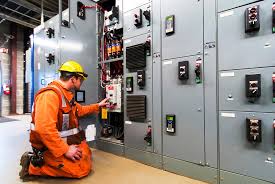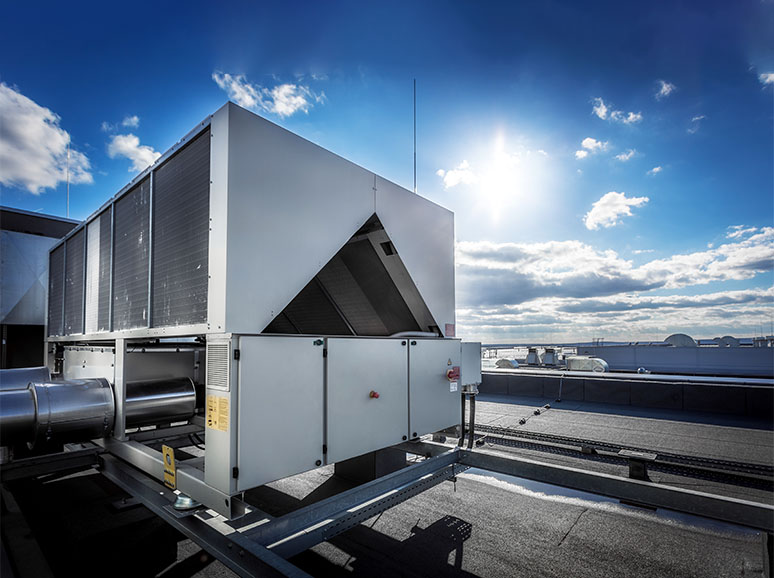Heating, Ventilation and Air- Conditioning (HVAC) systems play an important role in providing comfort to any home, establishment or workplace. What can we do to keep the systems running at a peak performance? Check these points to consider in maintaining your HVAC system.
Circuitry and Electrical Components – This section is best handled by professionals. To prevent electrocution, it is important to ensure that the system is completely shut off before proceeding. The unit’s electrical controls are usually enclosed inside a panel. Upon removal of the cover, the circuits should not have any loose wires and signs of corrosion. The wirings must also be secured to prevent sparks and fire. Using an air compressor, gently blow out any dust and debris from the electrical panel to minimize the risk of short circuit. A major electrical component is the thermostat, an instrument that maintains the pre-set temperature. Checking this can be done by comparing the displayed temperature reading with a handheld thermometer.
Lubrication – As part of the external unit, condenser fan motors are usually subjected to weather, debris, and dirt. The build-up of unwanted particles will impair the condition of the motor. If screeching sounds can be heard during operation, it is an indication that it needs oil for lubrication.
Oil application can be tricky because the oil ports are sometimes difficult to locate. Once found, a syringe or an applicator tube can be used to inject oil into the ports. The shaft of the motor should also be lubricated to reduce friction between moving parts.
Air Filter – As the part responsible for the cleaning of the air that circulates through the HVAC system, it is recommended that air filters must be cleaned, or in some instances, replaced every 3 months. Clean air filters allow proper air flow. When removing the air filter from the air handling unit, be reminded that it has a front and back and should be replaced in the correct orientation.
Condensate Drain Line & Pan – A build-up of green slimy, moss-like material is a definite sign of dirty drain line and pan. Though this will not directly affect the performance of the HVAC system, disregarding this risks clogging the drain line. A drain pan can be easily cleaned by a rag or a piece of cloth, but if you notice that the pan has a significant amount of water, there is a good chance that the drain line is already clogged. In this case, scrub the interior of the drain line with a flexible brush until all blockages are cleared.
Fan & Blower – The blower is generally a centrifugal fan which disperses cool air into the work space. This is a critical component of the HVAC system. The fan must be free of any dust and debris. One way to inspect the fan is to manually rotate it. The fan and connected motor should spin freely and with no excessive vibration.
Some HVAC Units use belt drives to transmit motion from the motor to the fan. Usually, these belts have a usage life of one year, but this can be affected by several factors such as its alignment and tension. Proper installation of the belt can lengthen its usage to more than one year.
Evaporator & Condenser Coils – These coils are usually made with copper, steel, or aluminum and act as a passageway for the refrigerant during operation. Any fracture or hole will render the HVAC system defective. Condenser coils in the outdoor unit are best cleaned with pressurized water to remove dirt build-up. This unit is more exposed to external conditions and can withstand getting a little wet. On the other hand, the evaporator coil requires a more careful maintenance approach. Besides the tight spaces, other parts adjacent to the evaporator coils cannot be wet.




